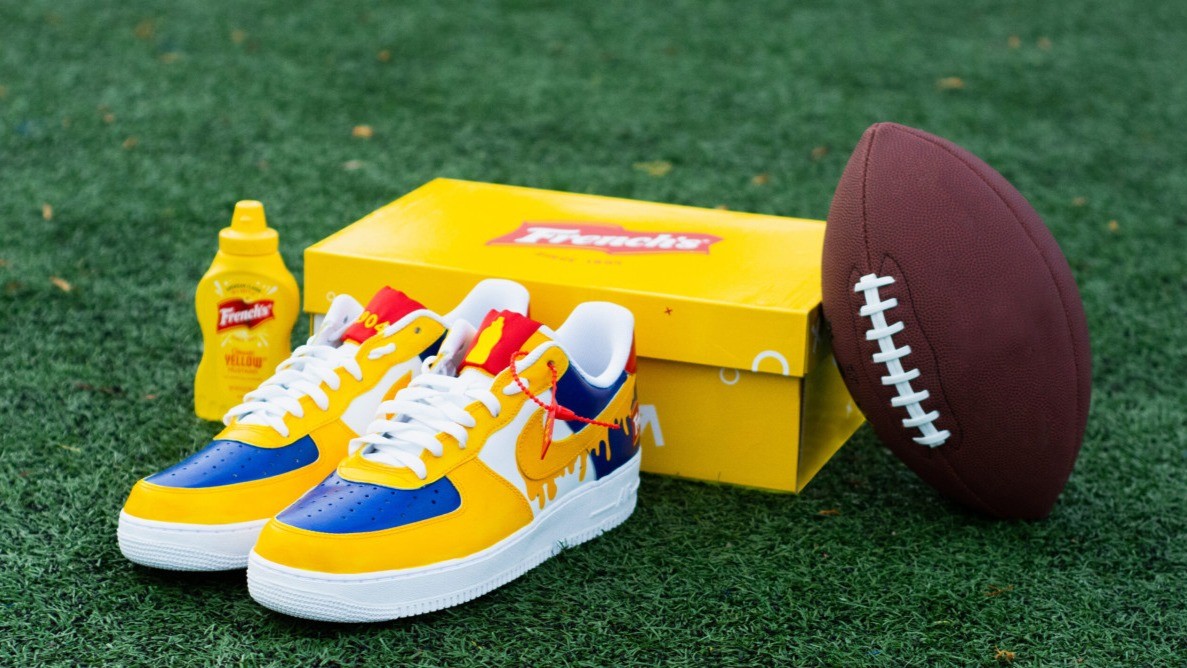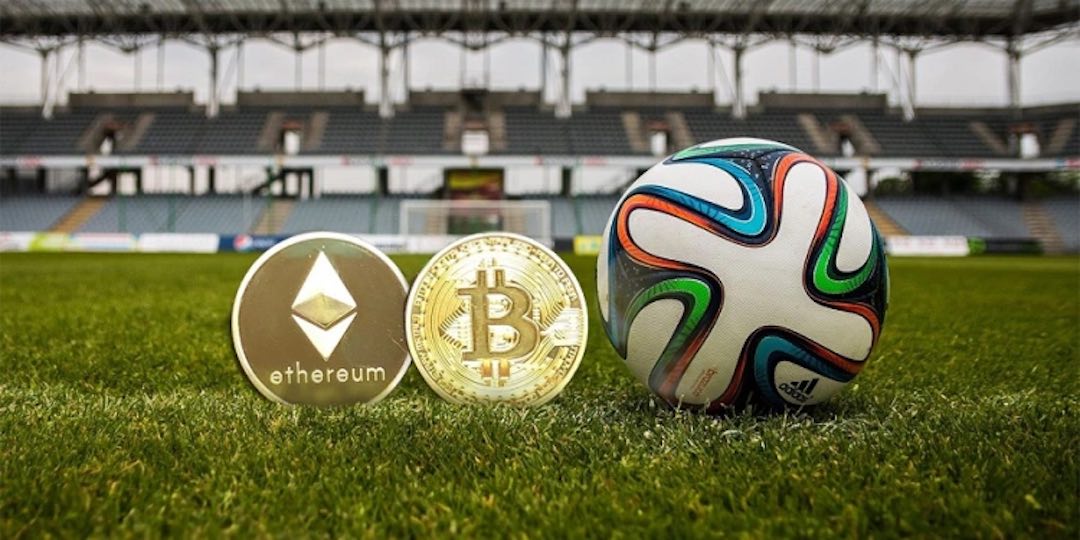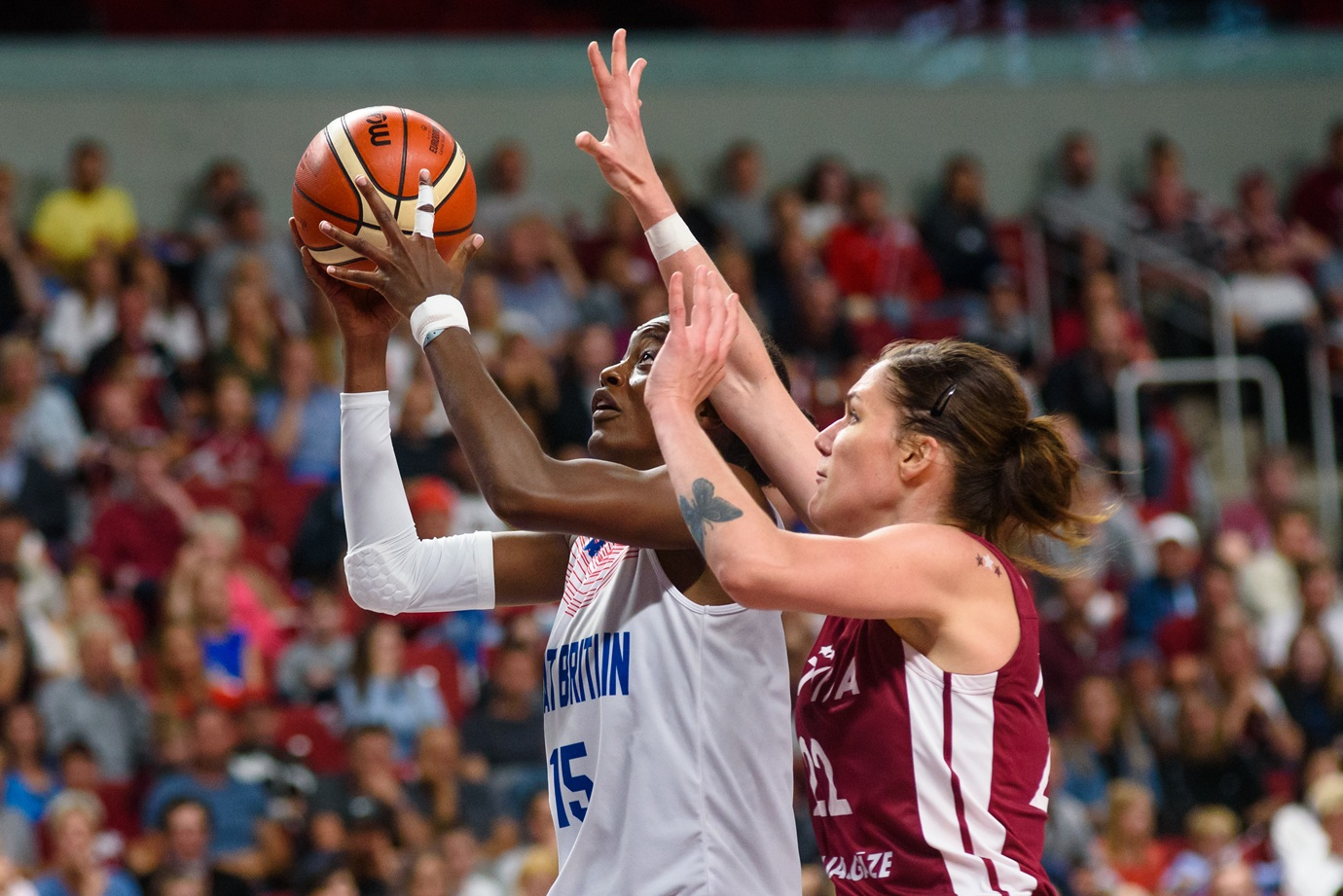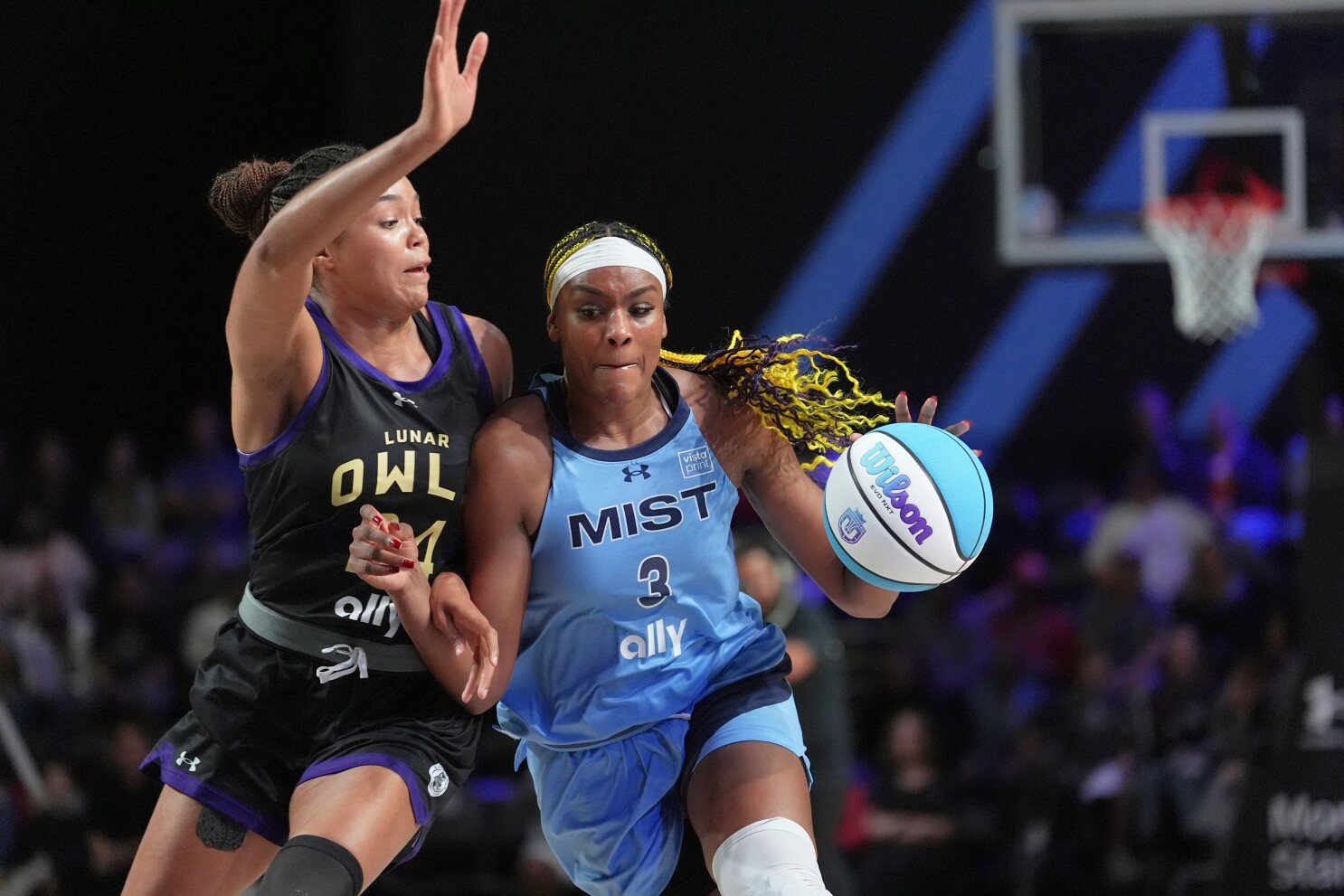The introduction of Name, Image, and Likeness (NIL) rights has significantly transformed the landscape of college sports, blurring the lines between amateur and professional athletics. Since the NCAA’s rule change in 2021, student-athletes can now profit from endorsements, sponsorships, and personal branding. This shift has introduced a new business model into collegiate athletics—one where athletes must navigate contracts, branding strategy, and financial planning, often before their first professional game.
Industry experts note that NIL deals are not just altering individual careers—they’re also impacting recruitment, team dynamics, and university marketing. High school athletes are now signing brand deals before committing to a college, creating a competitive arms race among programs to provide not only athletic development but also media exposure and brand alignment. According to data from OpenDorse, NIL earnings topped $1 billion by 2024, signaling a new economy within sports education institutions.
As this trend grows, athletic departments and compliance officers are hiring NIL advisors and launching in-house branding programs. Universities that adapt quickly to these changes will have a competitive edge in recruiting top talent. Meanwhile, athletes and their families must educate themselves about legal rights and long-term financial implications. The NIL era has ushered in a paradigm where college athletes are not just players—they are entrepreneurs and public figures.






